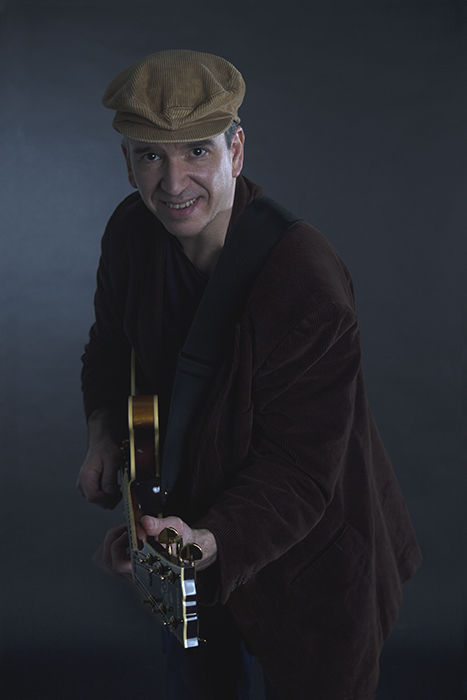 Choosing the right guitar effects pedal for your music can be a thrilling endeavor. Whether you’re a seasoned guitarist or just starting out, the world of stomp boxes and footpedals offers a plethora of possibilities to enhance your sound. From adding crunchy distortion to creating lush modulation effects, the right pedal can take your tone to new heights.
Choosing the right guitar effects pedal for your music can be a thrilling endeavor. Whether you’re a seasoned guitarist or just starting out, the world of stomp boxes and footpedals offers a plethora of possibilities to enhance your sound. From adding crunchy distortion to creating lush modulation effects, the right pedal can take your tone to new heights.
Understanding the basics of guitar effects pedals is crucial when venturing into this exciting world. The signal flow from your guitar to your amplifier is the foundation on which your sound is built. The order in which you place your effects on your pedalboard can greatly influence the final result.
When it comes to the different types of guitar effects pedals, they can be categorized into different groups based on their function. Gain-staging effects shape the foundation of your tone, while frequency effects manipulate the frequency range of your sound. Modulation effects add movement and depth, and dynamic effects control the volume and dynamics. There are also other miscellaneous effects that offer unique functionalities.
Exploring the world of guitar effects pedals can be overwhelming, but fear not! In this comprehensive guide, we will delve into each category of effects, explain their functions, and recommend some popular options for beginners. Whether you’re looking for a distortion pedal to add some grit to your riffs or a delay pedal to create lush ambient textures, we’ve got you covered.
So, grab your guitar, buckle up, and let’s embark on a sonic journey together. By the end of this guide, you’ll have a solid understanding of guitar effects pedals and be well-equipped to make your first purchase.


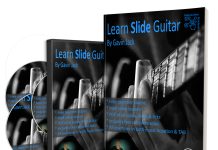
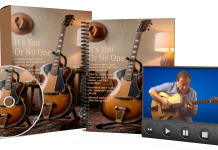
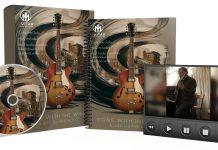







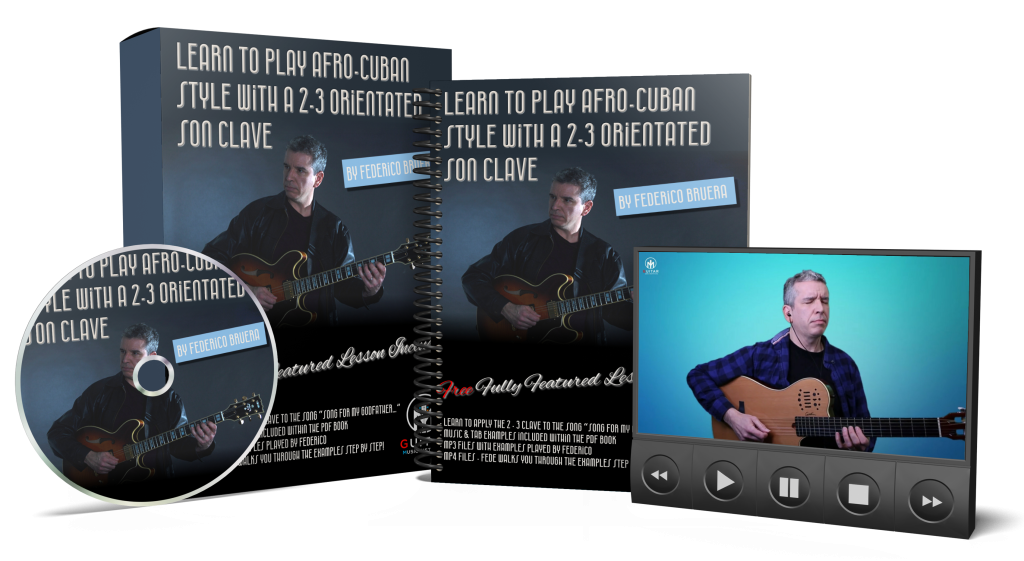

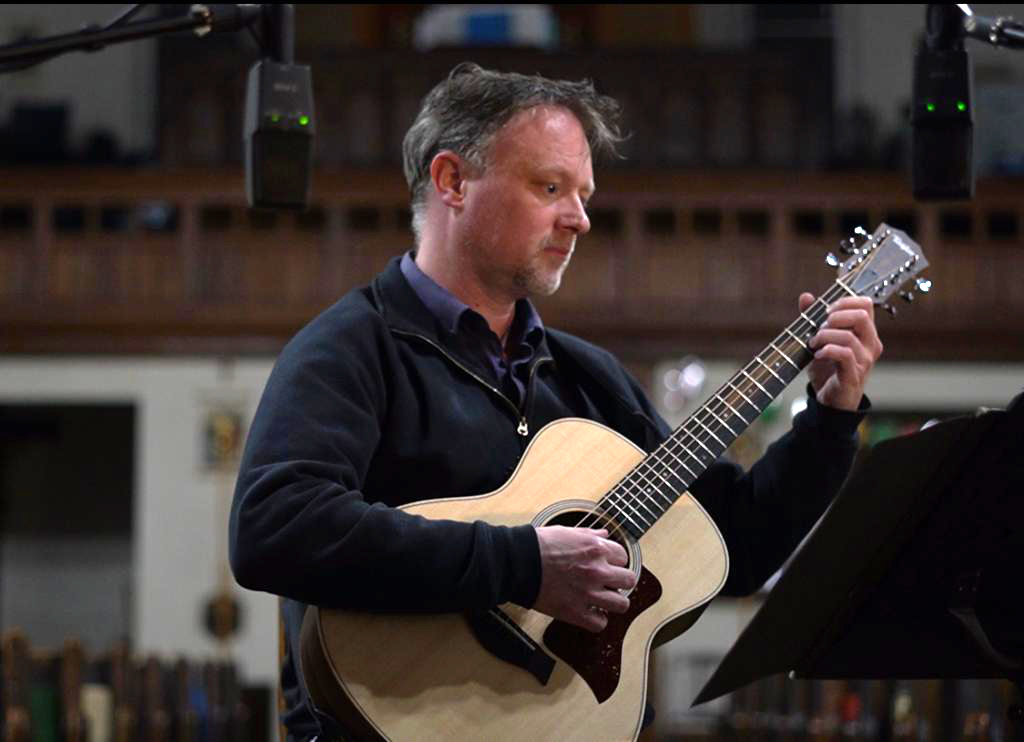 Playing guitar techniques is essential for any beginner guitarist looking to improve their skills. These techniques add flair and finesse to your playing, making your music more appealing and unique. Whether you’re just starting out or have been playing for a while, mastering beginner guitar techniques is key to becoming a more confident and versatile player.
Playing guitar techniques is essential for any beginner guitarist looking to improve their skills. These techniques add flair and finesse to your playing, making your music more appealing and unique. Whether you’re just starting out or have been playing for a while, mastering beginner guitar techniques is key to becoming a more confident and versatile player.


